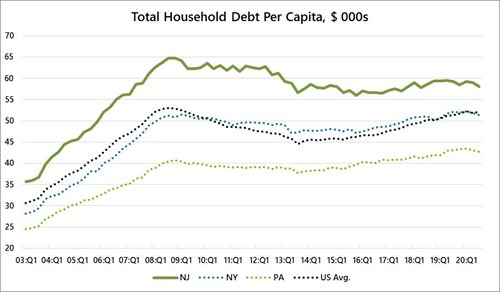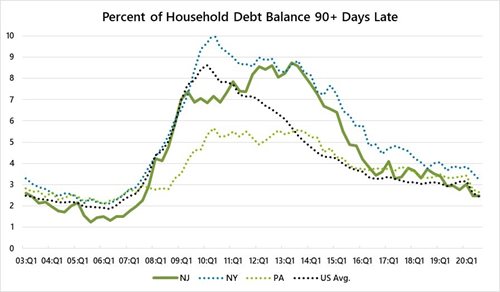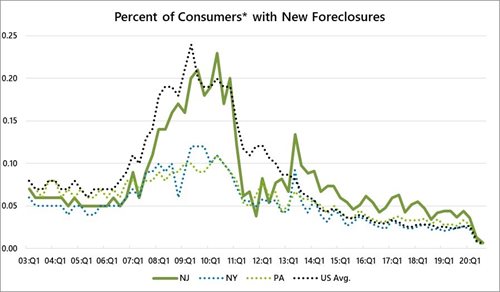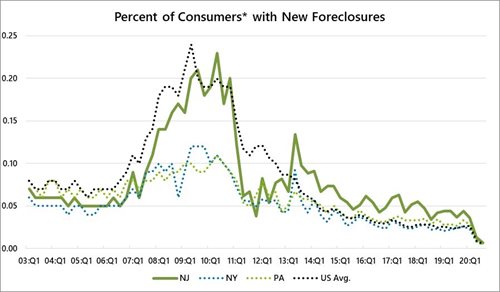Notice of Funding Availability: Applications now available.
BACKGROUND ON SMALL AND MICRO BUSINESS PPE NEEDS
The NJ Small and Micro Business PPE Access Program was developed in response to consistent concerns emerging from the Governor’s Restart and Recovery Commission, the nine sector-based committees of the Governor’s Restart and Recovery Advisory Council and input from numerous small and micro businesses. Both the Commission and the Advisory Council highlighted the need for readily available, priced PPE to accelerate economic recovery. As small and micro businesses and organizations in historically underserved communities are particularly vulnerable to being crowded out of essential goods when tight market conditions occur, a key consideration of the program has been the need to ensure equitable distribution and pricing of PPE.
More than one third of all New Jersey workers are employed by organizations of 100 employees or fewer. Many of these companies do not have the reach or the resources to obtain goods outside of their normal retail buying channels, particularly in times of significant supply/demand imbalances. PPE falls squarely into the category of a good that was not essential to many of these organizations before the COVID-19 outbreak but is critical today.
PROGRAM PURPOSE
Overall Program
The NJ Small and Micro Business PPE Access Program is designed to make fairly priced PPE more easily available to all the small and micro businesses and non-profit organizations in the state, to prevent the spread of the COVID-19 and reduce their burden of sourcing for the PPEs from the competitive markets. In addition to the above the program will:
- Facilitate the State’s economic recovery by ensuring that small and micro businesses and non-profit organizations – the customers – can access affordably priced PPE and other safeguarding equipment to protect their employees as they return to work and continue to operate in a COVID-19 environment;
- Ensure small and micro businesses and non-profit organizations have access to the information they need to select the appropriate PPE needed for their context;
- Ensure that businesses in historically underserved communities are particularly able to access affordable PPE; and
- Support the State’s manufacturing sector by providing an offsetting subsidy for purchases of PPE manufactured or assembled at a manufacturing facility in New Jersey.
The Phase 1 Program – Selecting Designated Vendors and Sourcing PPE from NJ Companies
On August 11, 2020, NJEDA approved Phase 1 of the PPE Access Program. The focus of Phase 1 has been to identify and designate qualified vendors to launch online platforms where NJ companies can buy PPE at fair prices from reliable vendors offering a curated array of quality products all at a discount to normal market prices. Within the Program, these vendors are called “Designated Vendors” (DVs). Small and micro businesses will access Designated Vendors’ online platforms via a PPE Access Program website hosted on the State’s COVID19.nj.gov site (https://covid19.nj.gov/ppeaccess). Small businesses will also be able to learn about workplace PPE best practices and use a simple tool to determine their PPE needs.
In addition, Phase 1 includes an economic development component to encourage the Designated Vendors to make wholesale purchases of PPE from NJ manufacturers and from small distributors located in traditionally underserved NJ communities. To support this aim, the NJEDA approved the creation of a $3.5 million grant pool to be used as subsidies to bridge potential pricing gaps between NJ manufacturers and distributors and the global market.
The Phase 2 Program – Providing Purchase Subsidies to Benefit Small and Micro Businesses
Based on the response received from DVs of varying types and sizes, the program was expanded by launching a second Phase, aimed at providing purchase subsidies through DVs to benefit the State’s small businesses with a focus on those located in historically underserved communities.
As part of Phase 2, on October 14, 2020, NJEDA approved a grant pool of $20.4 million for purchase price discounts of 25% through Designated Vendors to small and micro businesses. The subsidized discount had an initial cap of $400 per organization generally and $500 for organizations located in historically underserved communities (i.e., located in one of New Jersey’s 715 Opportunity Zone Eligible census tracts). Companies eligible to benefit from these subsidies are determined by company size (based on full-time equivalent (“FTE”) employment) and location, as described more fully below.
Under paragraph 6(a) of the Request of the Members in the October 14, 2020 Board memo, the CEO was given the delegated authority to make changes to “extend internal program deadlines,” and under paragraph 6(b), he has the delegated the authority to “adjust per round small business coupon/discount values,” based upon program demand.
Based on initial experience of the Program’s second phase, Staff requested changes that substantially increased the level of program participation and ensured wider availability of essential PPE for New Jersey small businesses. The requested changes took effect on Tuesday, November 24, 2020. These changes:
The initial Phase 2 of the program ended on December 31, 2020. Under his delegated authority to extend internal program deadlines, the CEO has granted an additional extension of the PPE Access program Phase 2 until no later than June 30, 2021.
PROGRAM STRUCTURE AND ELIGIBILITY
Benefits through the Program
Phase 2 of the extended PPE Access Program has been structured to provide $2.5 million of grant funding
to cover 65% of eligible small businesses’ or non-profits’ PPE purchases through the Designated Vendors PPE Access Program sites. The 65% discount is capped per organization, per round of the Program, at $800 generally, and $1,000 for organizations in opportunity zone eligible census tracts. This subsidized discount is in addition to the minimum 10% discount offered by each of the Designated Vendors under Phase 1 of the Program.
Discounts are made available by the Designated Vendors to businesses and non-profits (“Subsidy-Eligible Recipients” or “SERs”) having 100 or fewer FTE employees, based on EDA confirmation of eligibility. The program eligibility threshold is at 100 FTEs for the following reasons:
A business’s FTE is determined based on its most recent NJ Department of Labor (“DOL”) form “NJ Employer Report of Wages Paid” (WR-30) where available, or, in limited circumstances where NJ DOL data is not available, through company self-certification.
Where possible, Designated Vendors will split the total value of the coupon/discount into multiple coupons/discounts of lower value to enhance flexibility of the program (i.e., allow SERs to split their PPE purchase up over multiple purchases). The ability to offer that flexibility will be determined by the Designated Vendors’ technical capabilities and may differ by Designated Vendor.
While businesses will have the ability to purchase goods other than PPE from the Designated Vendors, all subsidies under this program will only apply to PPE offered through the Program.
General Program process
To simplify the administration of the grant funding for small businesses and non-profits, funds flow from NJEDA to the Designated Vendors, who provide the benefits to SERs in the form of a coupon/discount to reduce their payment obligations.
The flow of application, approval and receipt of subsidies occurs as follows:
NJEDA’s determination that a business is eligible for a coupon/discount amount will be subject to continued funding availability.
Coupon/discount reimbursement to Designated Vendors will be made within 30 days after receipt of accounting documentation. To comply with the expenditure requirements of the CARES Act and the MOU with NJ Treasury, the Designated Vendor must document the PPE purchased by each SER and must request NJEDA disbursement from NJEDA no later than June 29, 2021 (or applicable deadline based upon any updated State and Federal CARES Act disbursement requirements).
Eligibility confirmation process
Organizations seeking to qualify as SERs and to benefit from the Phase 2 subsidies will be required to confirm their eligibility on the PPE Access Program website. While the subsidy is offered through the Designated Vendors, NJEDA will be responsible for eligibility checks to ensure privacy, timeliness and simplicity.
Eligibility will be determined once per round per EIN (meaning that businesses that utilize one EIN for multiple locations will only be able to access the coupons/discounts once per round).
Eligibility screening will include:
A tax clearance certificate from the New Jersey Department of Treasury’s Division of Taxation will not be required for a small business to benefit from this program. However, tax clearance certificates continue to be required for the Designated Vendors in the Program.
During the eligibility check process, the SER will be required to confirm their correct email address. SERs will be solely responsible for entering a correct email address; NJEDA will not verify or confirm the email address.
Appeals
Organizations will be able to appeal the Authority’s determination of Phase 2 eligibility within 5 days of notice of the determination. Appeals will be reviewed by a NJEDA member who has not up until that point been directly involved in the eligibility determination.
As the Authority is not involved in the actual issuance of the coupon/discount, in the use of the coupon/discount, in the sale of the PPE, the operation or functionality of the DV website, or such other actions or decisions under the DV’s sole control, any attempt to appeal from such actions will be rejected, as they are not a protest of an EDA action or decision.
Similarly, any attempt to appeal because the SER entered and confirmed an incorrect email address will not be a valid basis for an appeal. Funds will be set aside for the maximum amount of subsidy support for any appeals that are lodged with the Authority.
Post-eligibility audits
NJEDA will conduct audits to confirm that small business self-certifications provided during the eligibility assessment process were accurate. In such cases where the audit reveals that a self-certification was not accurate, NJEDA may request that the funds be returned and/or may refer these organizations to the relevant State agency for further investigation.
Funding Disbursement
Disbursements (reimbursements of subsidized discounts) to Designated Vendors from the $2.5 million grant pool will be made up to 30 days after receipt of acceptable Phase 2 documentation. Designated Vendors must submit request for NJEDA disbursement no later than June 29, 2021 to enable enough time for disbursement.
Additional Information
Additional information on the New Jersey Small and Micro Business PPE Access Program and this grant may be found at: https://covid19.nj.gov/ppeaccess.




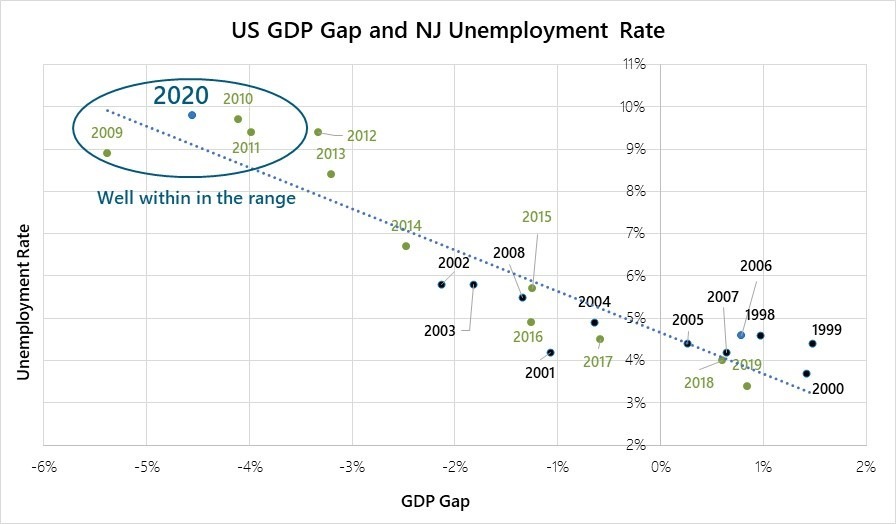
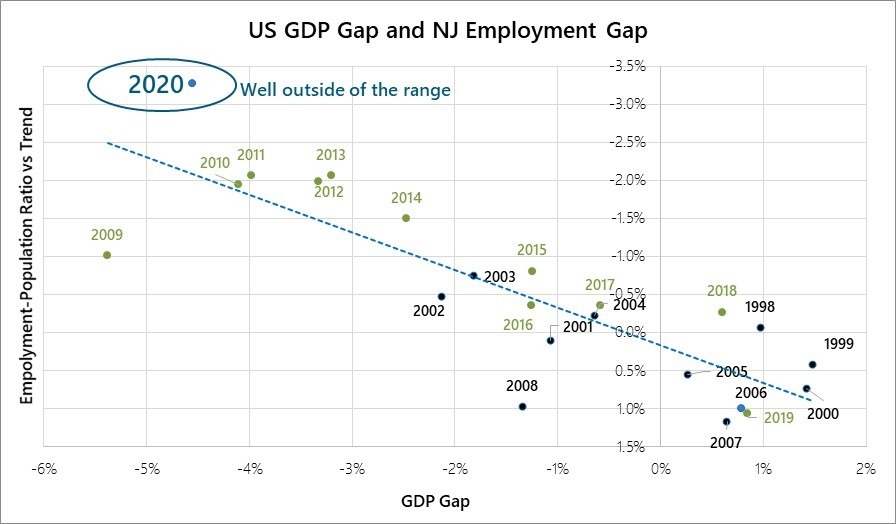
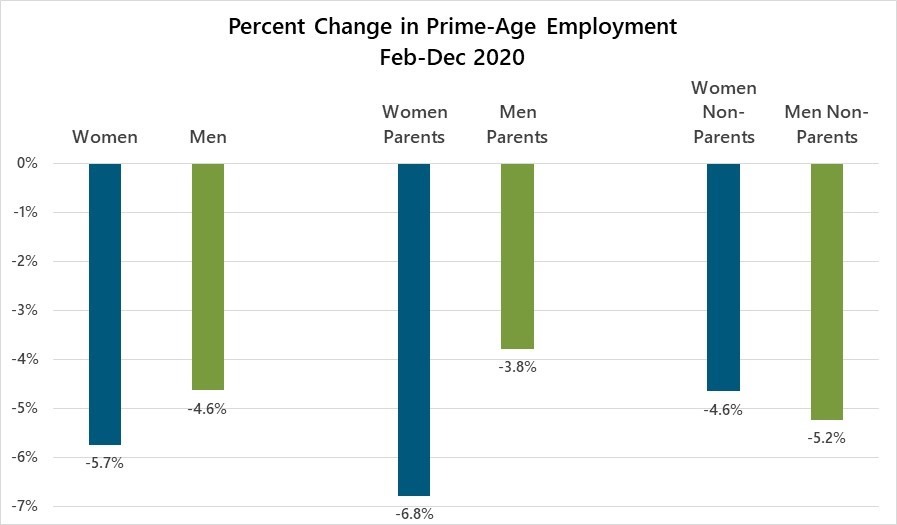
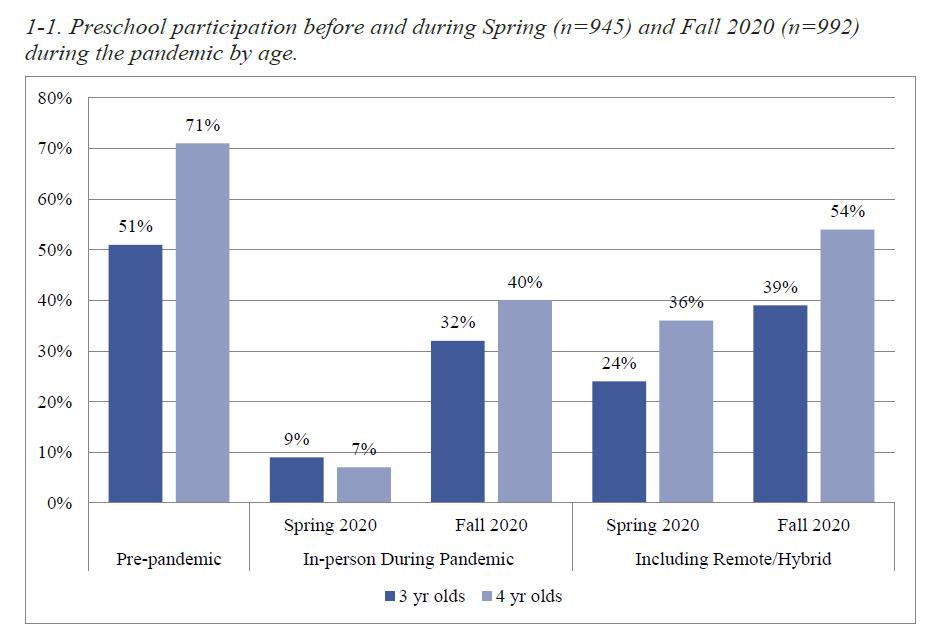

.jpg.aspx?width=350&height=294)
.jpg.aspx?width=350&height=276)
.jpg.aspx?width=350&height=182)
.jpg.aspx?width=350&height=171)


